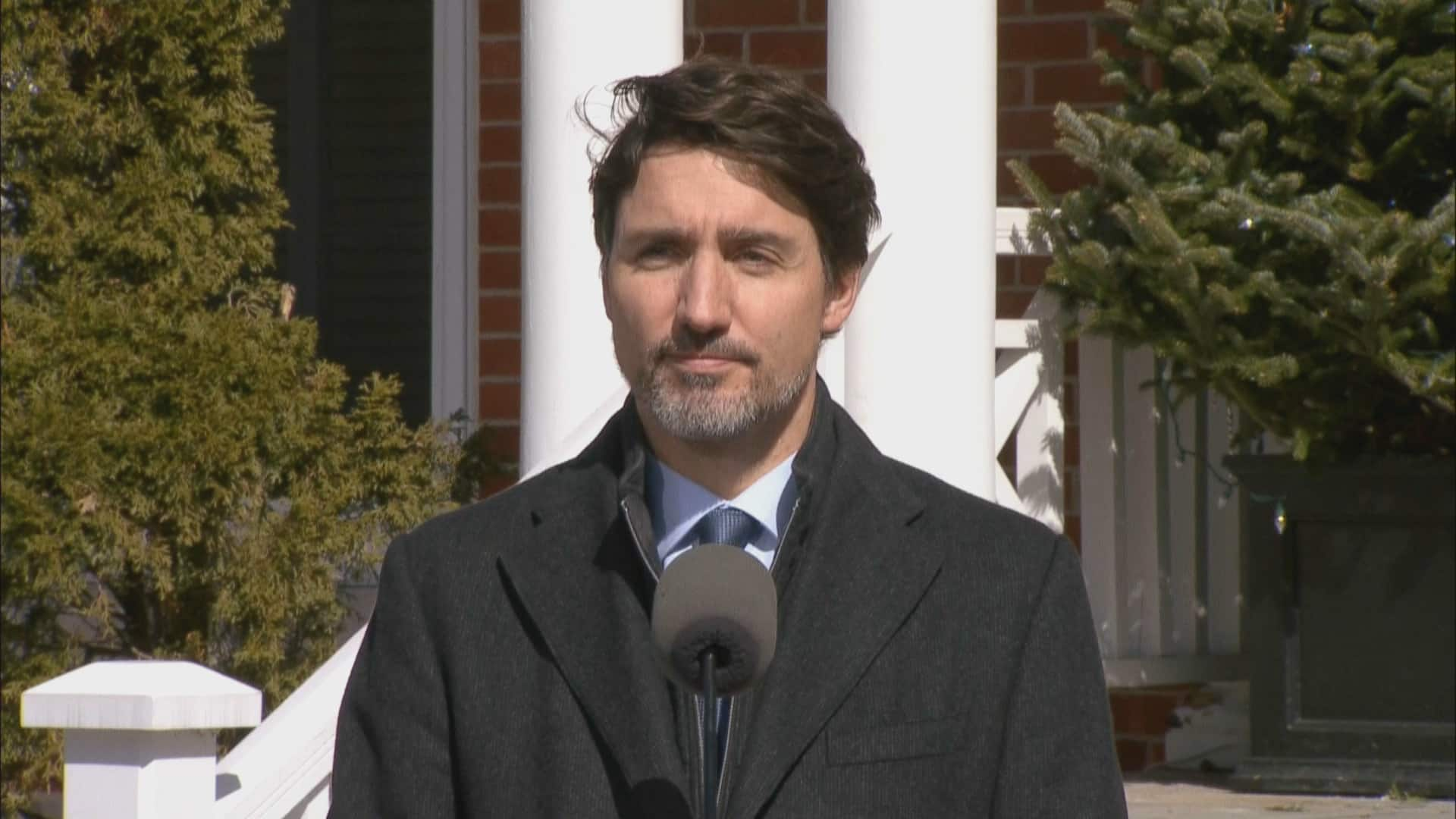By Nick Eagland
The Port of Vancouver, a key link for Canadian trade with Asia, appears headed to an almost full shutdown after companies that operate port facilities announced a lockout.
The B.C. Maritime Employers Association, which negotiates for the 55 companies that operate port facilities, gave notice Tuesday to the International Longshore and Warehouse Union of Canada, saying that because of a limited longshore strike that began Monday, it would lock out most of the 6,000 longshore workers at 8 a.m. on Thursday.
The lockout won’t affect cruise ship operations or, under federal law, loading and handling of ships at the port’s grain terminals.
Rob Ashton, president of the International Longshore and Warehouse Union of Canada, said the notice came as a shock. “The only thing I can think of is that they want to drag the Canadian government into this, and hope for legislation,” he said.
“The union has been trying to get a freely negotiated collective agreement — which is our right — for the last 18 months. I’m hoping the BCMEA was trying to do the same thing. Up until today, that’s what I thought they were doing.”
Ashton described the move as “reckless” and warned a lockout would undermine the economies of B.C. and Canada.
“The union knows the ramifications of shutting down the ports in B.C.” he said. “That’s why we did the limited action — keep the ports open, keep the cargo flowing, everything looking good. Then today — bam.”
The major sticking point in contract talks has been the employers’ desire to increase automation at the port, which Ashton says will eliminate good jobs supporting middle-class families.
On Tuesday night, the B.C. Maritime Employers Association said after discussions with the Federal Mediation and Conciliation Service and Ministry of Labour, the two parties agreed to return to the bargaining table Wednesday at noon.
The lockout notice, however, has not been lifted, the association said.
Ashton said he hopes the association “comes to their senses” and revokes the lockout notice. The union’s bargaining committee will return to the table Wednesday at noon, he said.
The employers association said it didn’t arrive at the lockout decision lightly, given the potentially major impact a shutdown will have on the Canadian economy.
“Our focus continues to be returning to the table to reach a fair and equitable agreement,” said Jeff Scott, chair of the B.C. Maritime Employers Association. “We do not want to lock out the employees, so it would really be a last resort.”
The union began a partial strike on Monday targeting just Global Container Terminals Canada, which operates the Deltaport and Vanterm container terminals.
The union characterized it as a “limited and targeted job action” involving an overtime ban, but Scott said the reality on the ground was “almost full-scale” job action against those terminals, which together handle a big majority of the millions of containers that pass through Vancouver every year.
“Immediately there were work stoppages, there were productivity delays, there were other disruptions, so it was significantly different to what we were led to believe was going to happen on Monday and Tuesday,” Scott said.
Ashton said that the strike action was limited to no early starts, and no working past the end of shifts or during meal periods. A single workplace dispute involving a manager and tradespeople was resolved at the site, he said.
“All I know is my guys are doing what they normally do, stopping at stop signs and running at speed limits,” Ashton said.
Scott said four cargo vessels have already diverted from the B.C. coast, and that others may be considering switching to U.S. ports.
“We’re very concerned that we cannot continue to operate the facilities in an efficient and safe manner,” Scott said. “We were left no other recourse other than to issue a lockout notice.”
Scott said the association has requested intervention by the federal government, which regulates ports, and would like to get back to bargaining with the union and specialists from the Federal Mediation and Conciliation Service. Ottawa, for its part, said it hoped for a negotiated settlement.
“We would like to see the parties back at the table negotiating an agreement, rather than having a standoff that negatively impacts the Canadian economy,” said Robert Louis-Manning, president of the Chamber of Shipping of B.C., which represents the ocean carriers that use the terminals and ports in the province.
Louis-Manning said that even the threat of a lockout had an impact on the industry, with vessels either departing early or avoiding Vancouver altogether on Tuesday.
“Nobody wants stranded cargo, so contingencies will likely unfold fairly quickly in the next 24 hours,” he said. “Where possible, I think carriers will likely to divert.”
Louis-Manning said it’s too early to know what the economic impact will be, but said it could be substantial.
“The real challenge will be how the railways react to even the threat of labour disruption,” he said. “That’s when the supply chain starts to really have an economic impact on Canada.”
In 2011, it was estimated a port shutdown could cost the Canadian economy $100 million a day. Since then the port has only grown in size and importance. The impact in Vancouver would be enormous because a strike would likely also idle thousands of truck drivers and employees of companies that serve ships in the port.
Vancouver is the third largest port in North America by tonnes of cargo.
There have been 12 labour disruptions at the Port of Vancouver since 1969. There was a nine-day lockout in 1999, a one-day strike in 1998 and another strike in 1995. This resulted in 175 days lost, not counting 2005, when truckers withdrew their services for six weeks.
In 2018, shipments through the Port of Vancouver’s four container terminals reached a record 3.4 million 20-foot-equivalent containers. The Port of Vancouver expects to reach container capacity soon and is working to expand terminals.







